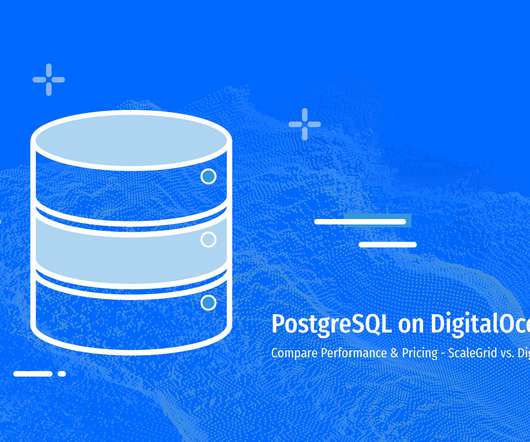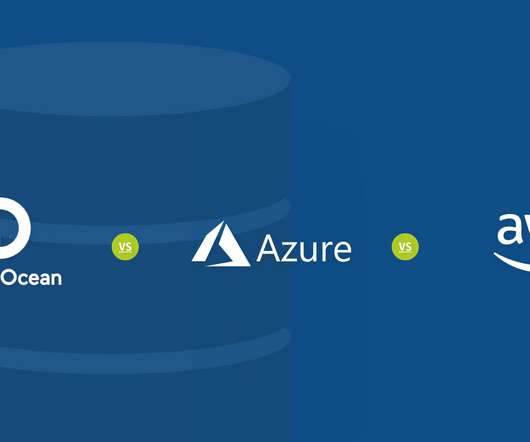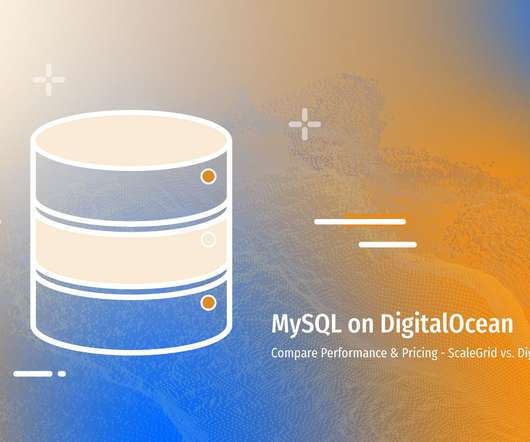Comparing PostgreSQL DigitalOcean Performance & Pricing – ScaleGrid vs. DigitalOcean Managed Databases
Scalegrid
JUNE 4, 2020
ScaleGrid is a fully managed DBaaS that supports MySQL, PostgreSQL and Redis™, along with additional support for MongoDB® database and Greenplum® database. Along with many popular cloud providers, DigitalOcean also provides a Managed Databases service. So, which database service is right for your application? Single Node.















Let's personalize your content